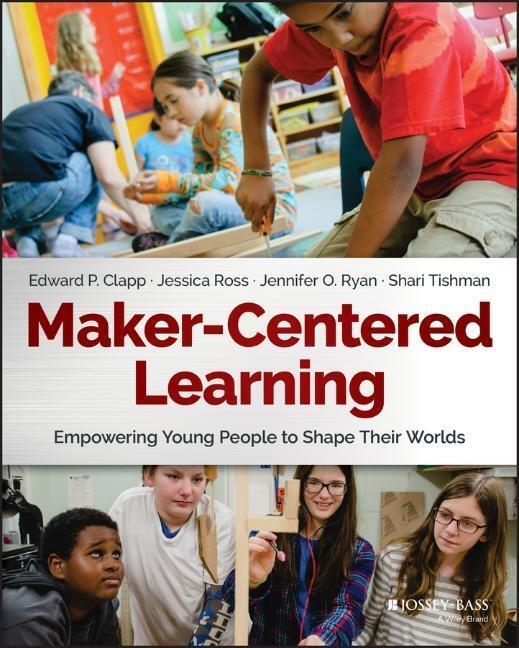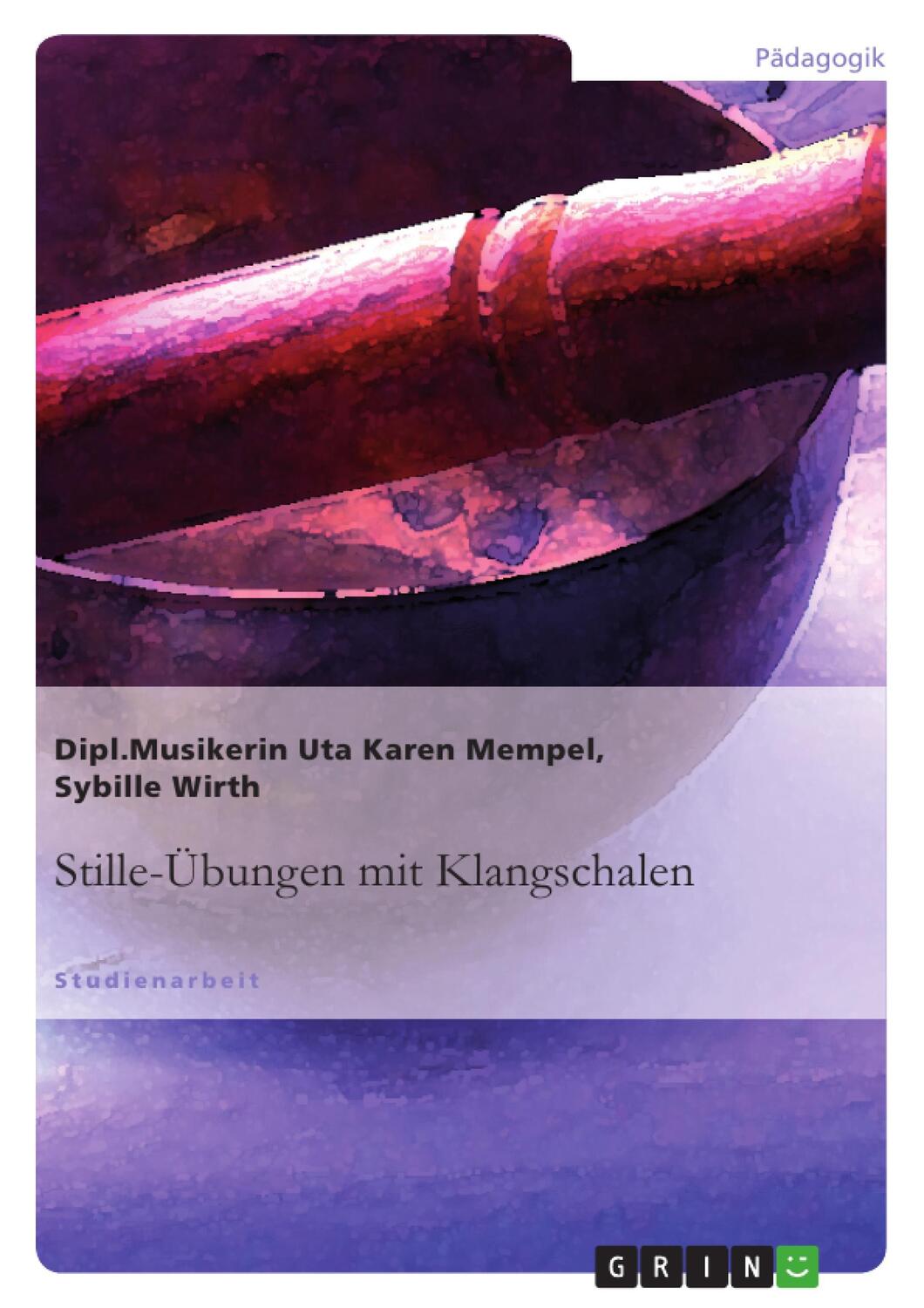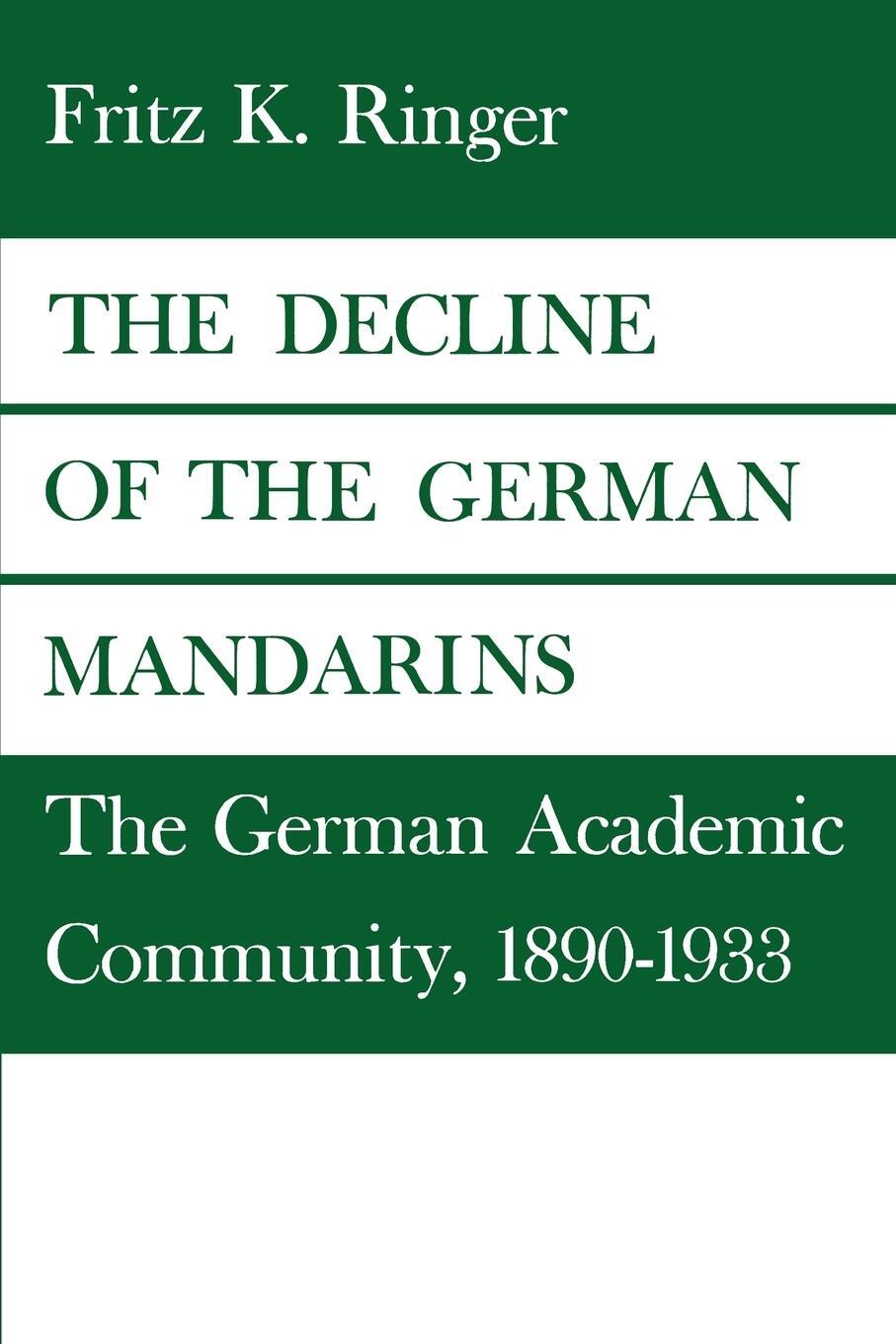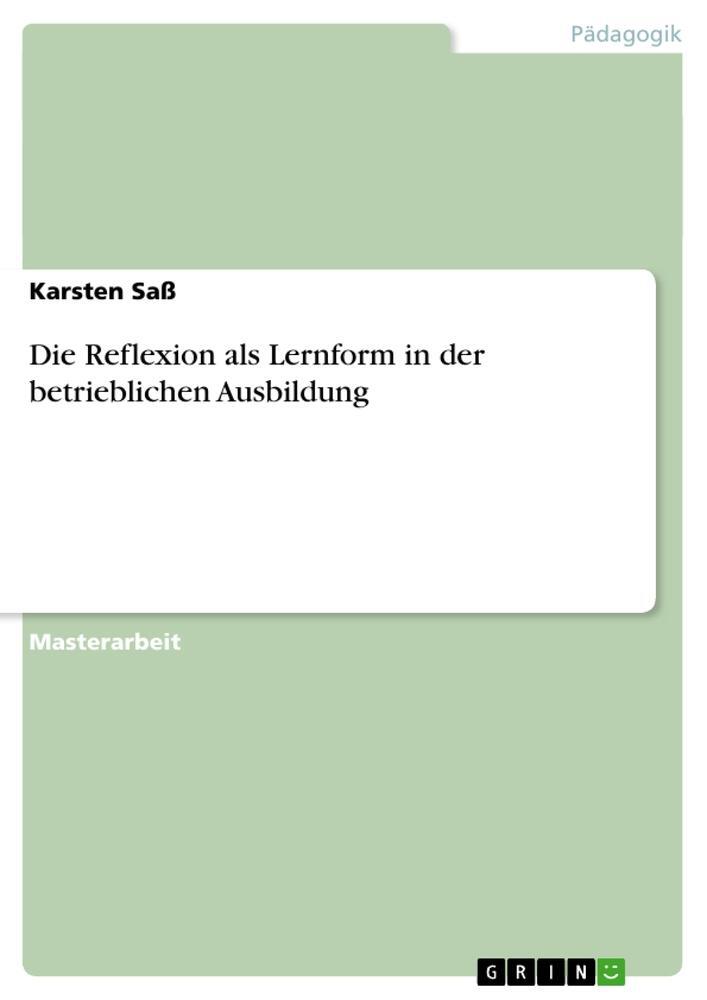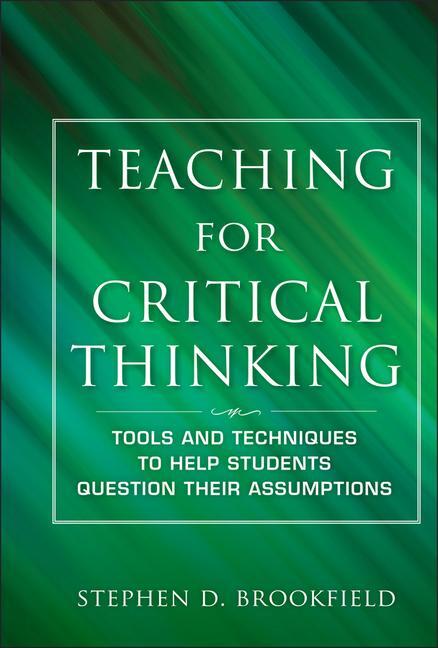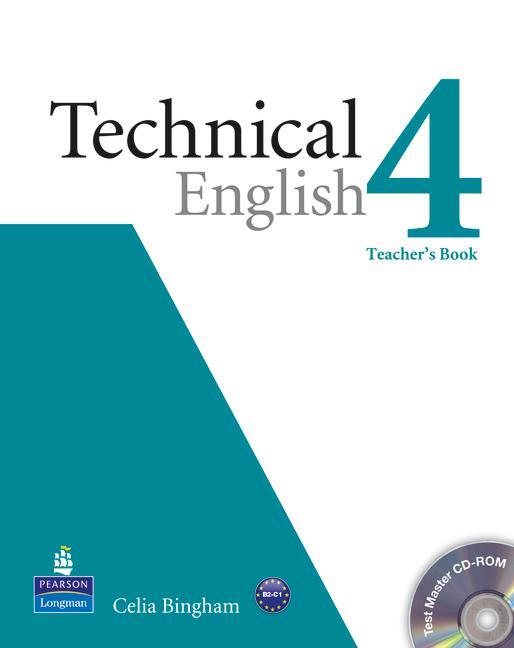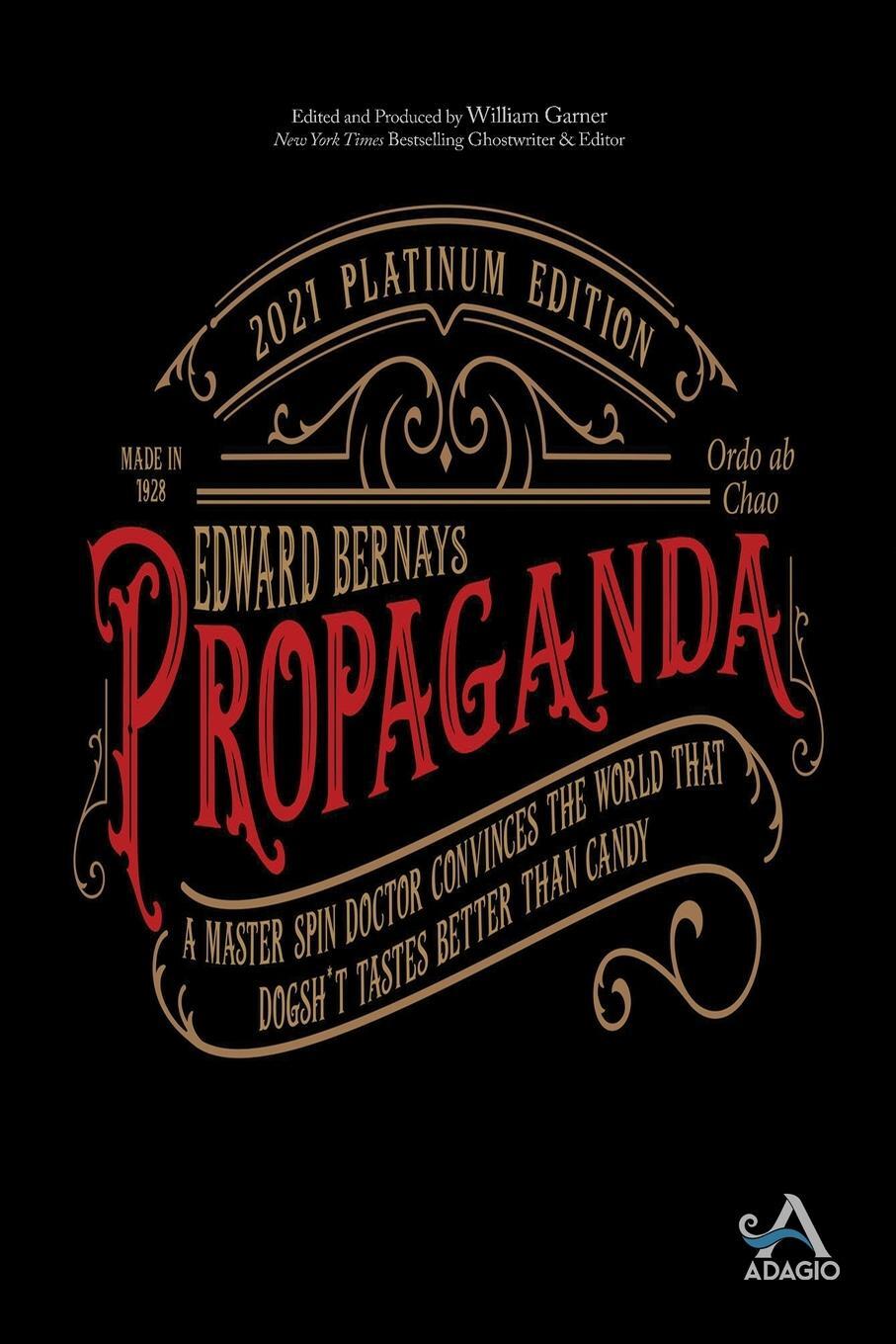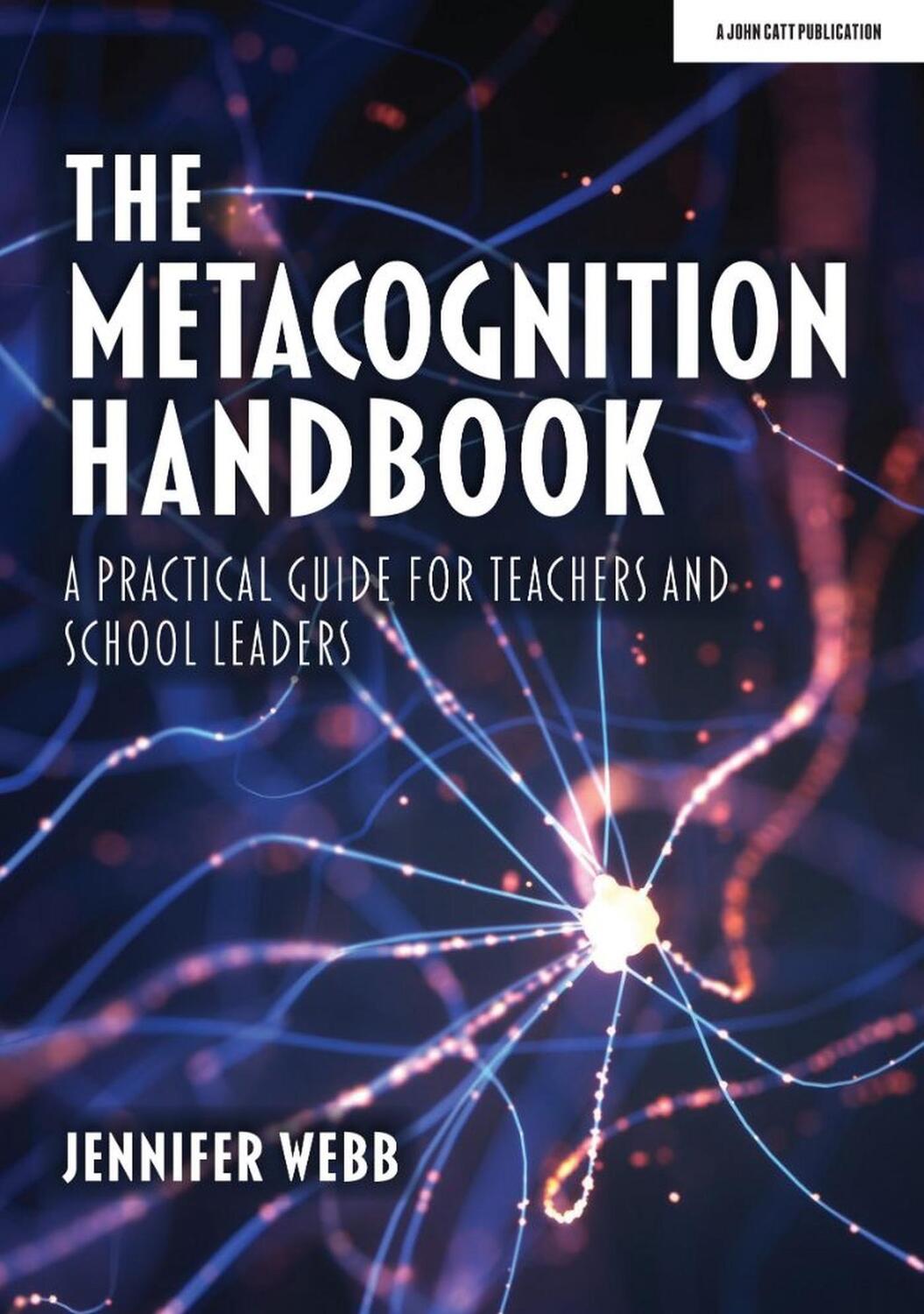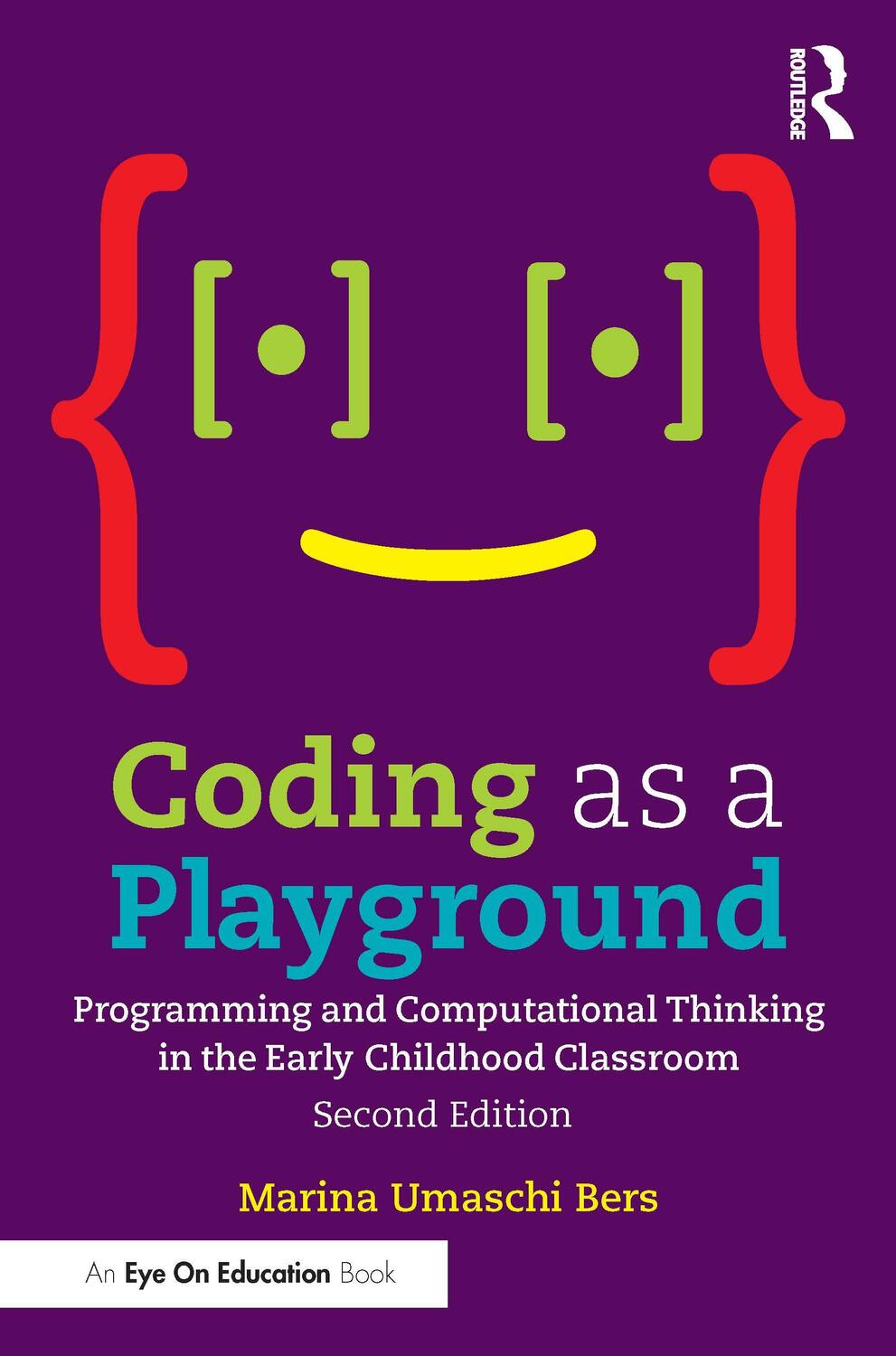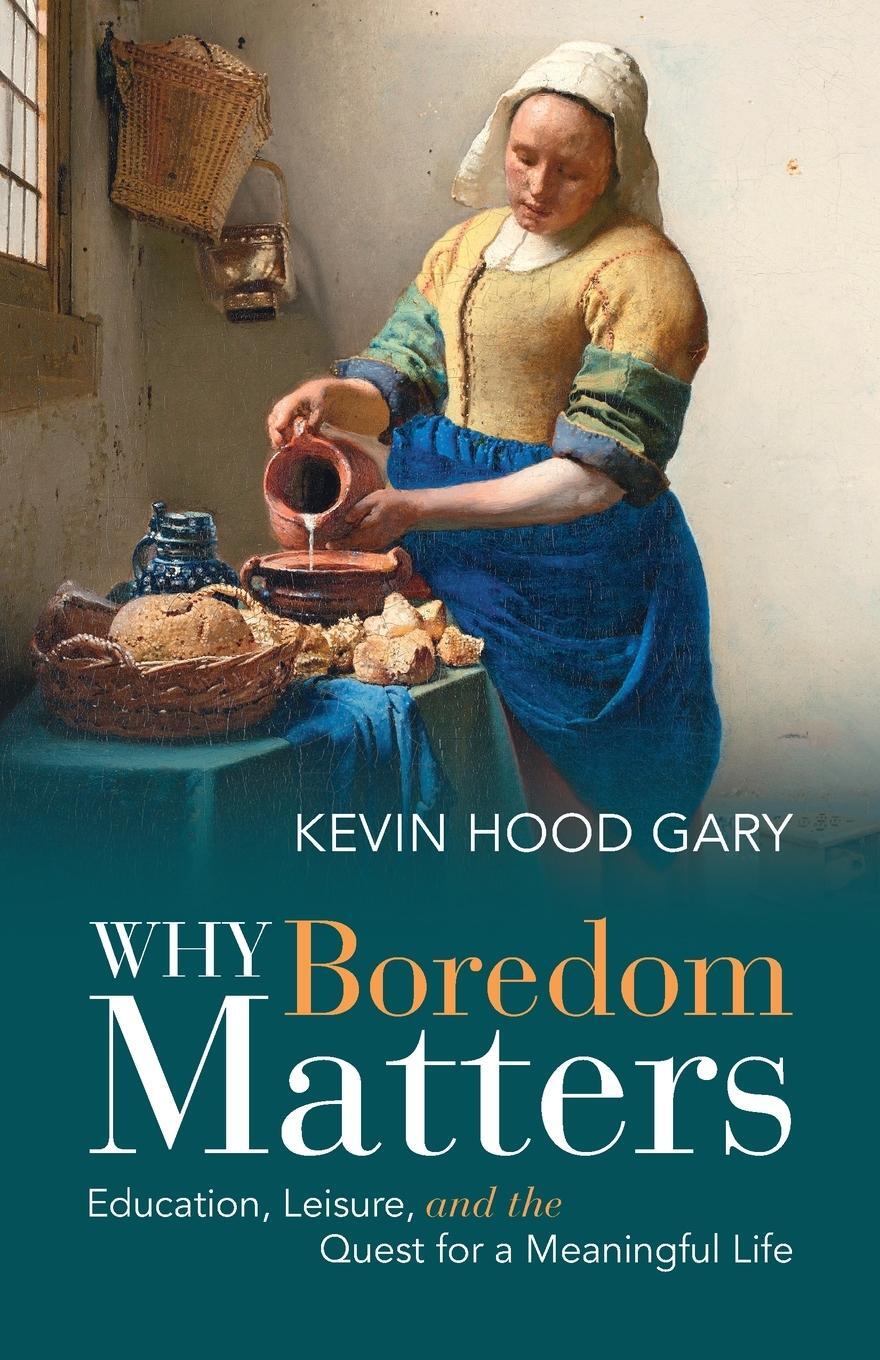33,00 €*
Versandkostenfrei per Post / DHL
Aktuell nicht verfügbar
Maker-Centered Learning provides both a theoretical framework and practical resources for the educators, curriculum developers, librarians, administrators, and parents navigating this burgeoning field. Written by the expert team from the Agency by Design initiative at Harvard's Project Zero, this book
* Identifies a set of educational practices and ideas that define maker-centered learning, and introduces the focal concepts of maker empowerment and sensitivity to design.
* Shares cutting edge research that provides evidence of the benefits of maker-centered learning for students and education as a whole.
* Presents a clear Project Zero-based framework for maker-centered teaching and learning
* Includes valuable educator resources that can be applied in a variety of design and maker-centered learning environments
* Describes unique thinking routines that foster the primary maker capacities of looking closely, exploring complexity, and finding opportunity.
A surge of voices from government, industry, and education have argued that, in order to equip the next generation for life and work in the decades ahead, it is vital to support maker-centered learning in various educational environments. Maker-Centered Learning provides insight into what that means, and offers tools and knowledge that can be applied anywhere that learning takes place.
Maker-Centered Learning provides both a theoretical framework and practical resources for the educators, curriculum developers, librarians, administrators, and parents navigating this burgeoning field. Written by the expert team from the Agency by Design initiative at Harvard's Project Zero, this book
* Identifies a set of educational practices and ideas that define maker-centered learning, and introduces the focal concepts of maker empowerment and sensitivity to design.
* Shares cutting edge research that provides evidence of the benefits of maker-centered learning for students and education as a whole.
* Presents a clear Project Zero-based framework for maker-centered teaching and learning
* Includes valuable educator resources that can be applied in a variety of design and maker-centered learning environments
* Describes unique thinking routines that foster the primary maker capacities of looking closely, exploring complexity, and finding opportunity.
A surge of voices from government, industry, and education have argued that, in order to equip the next generation for life and work in the decades ahead, it is vital to support maker-centered learning in various educational environments. Maker-Centered Learning provides insight into what that means, and offers tools and knowledge that can be applied anywhere that learning takes place.
EDWARD P. CLAPP, Ed.D., is Co-Director of Agency by Design and a Research Associate and Lecturer on Education at the Harvard Graduate School of Education.
JESSICA ROSS is a Senior Research Specialist at Project Zero and current Project Manager of Agency by Design.
JENNIFER O. RYAN is Project Manager of the Pedagogy of Play project, and former Project Manager of Agency by Design.
SHARI TISHMAN, Ed.D., is Co-Director of Agency by Design and a Senior Research Associate and Lecturer on Education at the Harvard Graduate School of Education.
List of Tables and Figures xiii
Foreword xix
Introduction 1
What is a Maker? And What is Maker-Centered Learning? 4
A Road Map to the Journey Ahead 8
1 Exploring the Benefits of Maker-Centered Learning 15
Learning from Maker Educators and Thought Leaders 17
Identifying the Real Benefits of Maker-Centered Learning 18
Understanding the Primary Outcomes of Maker-Centered Learning: Developing Agency and Building Character 19
Understanding the Secondary Outcomes of Maker-Centered Learning: Cultivating Discipline-Specific and Maker-Specific Knowledge and Skills 35
Recapping the Real Benefits of Maker-Centered Learning 39
2 Teaching and Learning in the Maker-Centered Classroom 43
Maker-Centered Roots and Connections 45
Who (and What) Are the Teachers in the Maker-Centered Classroom? 51
Students as Teachers 51
Teachers in the Community 55
Online Knowledge Sourcing 56
Tools and Materials as Teachers 57
What Does Teaching Look Like in the Maker-Centered Classroom? 59
Facilitating Student Collaboration 60
Encouraging Co-inspiration and Co-critique 63
Redirecting Authority and the Ethics of Knowledge Sharing 70
What Does Learning Look Like in the Maker-Centered Classroom? 73
Figuring It Out 74
What Does the Maker-Centered Classroom Look Like? 77
Tools and Materials 78
Storage and Visibility 80
Specific and Flexible Spaces 83
3 Developing a Sense of Maker Empowerment 85
What Is Agency? 89
Choice, Intention, and Action 89
Scope: Agency and the Complex Web of Interrelated Actions 91
Locus: Participating in Agentic Action 94
Agency and Maker Empowerment 98
Empowerment and Social Justice 101
Empowerment in Education 103
4 Developing a Sensitivity to Design 109
Developing a Sensitivity to Design in a Consumer-Driven World 111
The Hidden Mechanics of Stuff 112
Living in the Throes of a Throwaway Culture 114
What Is a Sensitivity to Design? 116
How Are Students Sensitive (or Not) to Design? 120
Seeing the Designed World as Malleable 122
5 Maker-Centered Teaching and Learning in Action 127
A Framework for Maker Empowerment 128
Looking Closely 130
Exploring Complexity 133
Finding Opportunity 136
Tools and Techniques for Supporting Maker-Centered Thinking and Learning 141
Dispositional Development and Thinking Routines 142
Developing Thinking Routines to Support a Sensitivity to Design 142
Conclusion 155
Maker-Centered Learning: Challenges and Puzzles 157
Considering the Ethical Dimensions of Maker-Centered Learning 158
Equity and Access in the Maker-Centered Classroom 159
Supporting and Sustaining Maker-Centered Practice 162
Looking Ahead: The Future of Maker-Centered Learning 163
Imagine If. . . 166
Afterword 169
Appendix A: Overview of Interview Participants 173
Appendix B: Thinking Routines 175
Notes 185
References 195
Index 203
About the Authors 223
| Erscheinungsjahr: | 2016 |
|---|---|
| Fachbereich: | Didaktik/Methodik/Schulpädagogik/Fachdidaktik |
| Genre: | Erziehung & Bildung |
| Rubrik: | Sozialwissenschaften |
| Medium: | Taschenbuch |
| Seiten: | 256 |
| Inhalt: | 256 S. |
| ISBN-13: | 9781119259701 |
| ISBN-10: | 1119259703 |
| Sprache: | Englisch |
| Einband: | Kartoniert / Broschiert |
| Autor: |
Clapp, Edward P.
Ross, Jessica Ryan, Jennifer O. Tishman, Shari |
| Hersteller: |
John Wiley & Sons
John Wiley & Sons Inc |
| Abbildungen: | illustrations |
| Maße: | 231 x 184 x 15 mm |
| Von/Mit: | Edward P. Clapp (u. a.) |
| Erscheinungsdatum: | 23.12.2016 |
| Gewicht: | 0,508 kg |
EDWARD P. CLAPP, Ed.D., is Co-Director of Agency by Design and a Research Associate and Lecturer on Education at the Harvard Graduate School of Education.
JESSICA ROSS is a Senior Research Specialist at Project Zero and current Project Manager of Agency by Design.
JENNIFER O. RYAN is Project Manager of the Pedagogy of Play project, and former Project Manager of Agency by Design.
SHARI TISHMAN, Ed.D., is Co-Director of Agency by Design and a Senior Research Associate and Lecturer on Education at the Harvard Graduate School of Education.
List of Tables and Figures xiii
Foreword xix
Introduction 1
What is a Maker? And What is Maker-Centered Learning? 4
A Road Map to the Journey Ahead 8
1 Exploring the Benefits of Maker-Centered Learning 15
Learning from Maker Educators and Thought Leaders 17
Identifying the Real Benefits of Maker-Centered Learning 18
Understanding the Primary Outcomes of Maker-Centered Learning: Developing Agency and Building Character 19
Understanding the Secondary Outcomes of Maker-Centered Learning: Cultivating Discipline-Specific and Maker-Specific Knowledge and Skills 35
Recapping the Real Benefits of Maker-Centered Learning 39
2 Teaching and Learning in the Maker-Centered Classroom 43
Maker-Centered Roots and Connections 45
Who (and What) Are the Teachers in the Maker-Centered Classroom? 51
Students as Teachers 51
Teachers in the Community 55
Online Knowledge Sourcing 56
Tools and Materials as Teachers 57
What Does Teaching Look Like in the Maker-Centered Classroom? 59
Facilitating Student Collaboration 60
Encouraging Co-inspiration and Co-critique 63
Redirecting Authority and the Ethics of Knowledge Sharing 70
What Does Learning Look Like in the Maker-Centered Classroom? 73
Figuring It Out 74
What Does the Maker-Centered Classroom Look Like? 77
Tools and Materials 78
Storage and Visibility 80
Specific and Flexible Spaces 83
3 Developing a Sense of Maker Empowerment 85
What Is Agency? 89
Choice, Intention, and Action 89
Scope: Agency and the Complex Web of Interrelated Actions 91
Locus: Participating in Agentic Action 94
Agency and Maker Empowerment 98
Empowerment and Social Justice 101
Empowerment in Education 103
4 Developing a Sensitivity to Design 109
Developing a Sensitivity to Design in a Consumer-Driven World 111
The Hidden Mechanics of Stuff 112
Living in the Throes of a Throwaway Culture 114
What Is a Sensitivity to Design? 116
How Are Students Sensitive (or Not) to Design? 120
Seeing the Designed World as Malleable 122
5 Maker-Centered Teaching and Learning in Action 127
A Framework for Maker Empowerment 128
Looking Closely 130
Exploring Complexity 133
Finding Opportunity 136
Tools and Techniques for Supporting Maker-Centered Thinking and Learning 141
Dispositional Development and Thinking Routines 142
Developing Thinking Routines to Support a Sensitivity to Design 142
Conclusion 155
Maker-Centered Learning: Challenges and Puzzles 157
Considering the Ethical Dimensions of Maker-Centered Learning 158
Equity and Access in the Maker-Centered Classroom 159
Supporting and Sustaining Maker-Centered Practice 162
Looking Ahead: The Future of Maker-Centered Learning 163
Imagine If. . . 166
Afterword 169
Appendix A: Overview of Interview Participants 173
Appendix B: Thinking Routines 175
Notes 185
References 195
Index 203
About the Authors 223
| Erscheinungsjahr: | 2016 |
|---|---|
| Fachbereich: | Didaktik/Methodik/Schulpädagogik/Fachdidaktik |
| Genre: | Erziehung & Bildung |
| Rubrik: | Sozialwissenschaften |
| Medium: | Taschenbuch |
| Seiten: | 256 |
| Inhalt: | 256 S. |
| ISBN-13: | 9781119259701 |
| ISBN-10: | 1119259703 |
| Sprache: | Englisch |
| Einband: | Kartoniert / Broschiert |
| Autor: |
Clapp, Edward P.
Ross, Jessica Ryan, Jennifer O. Tishman, Shari |
| Hersteller: |
John Wiley & Sons
John Wiley & Sons Inc |
| Abbildungen: | illustrations |
| Maße: | 231 x 184 x 15 mm |
| Von/Mit: | Edward P. Clapp (u. a.) |
| Erscheinungsdatum: | 23.12.2016 |
| Gewicht: | 0,508 kg |

